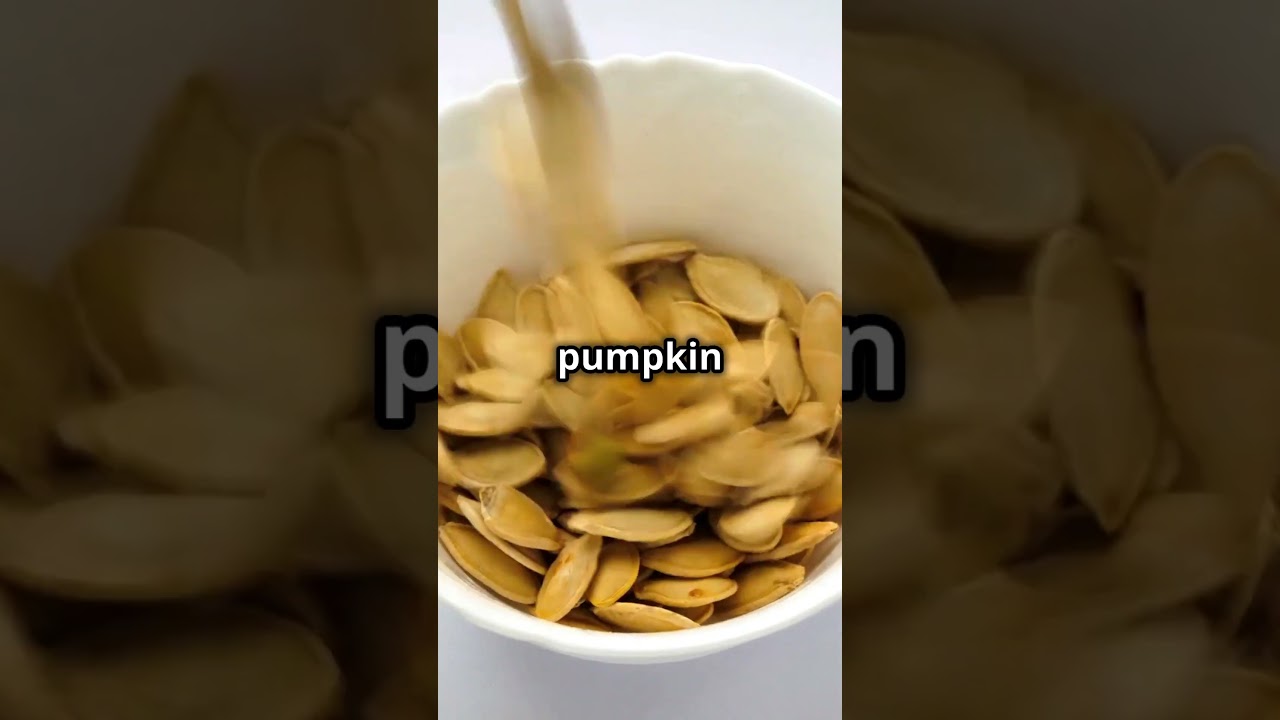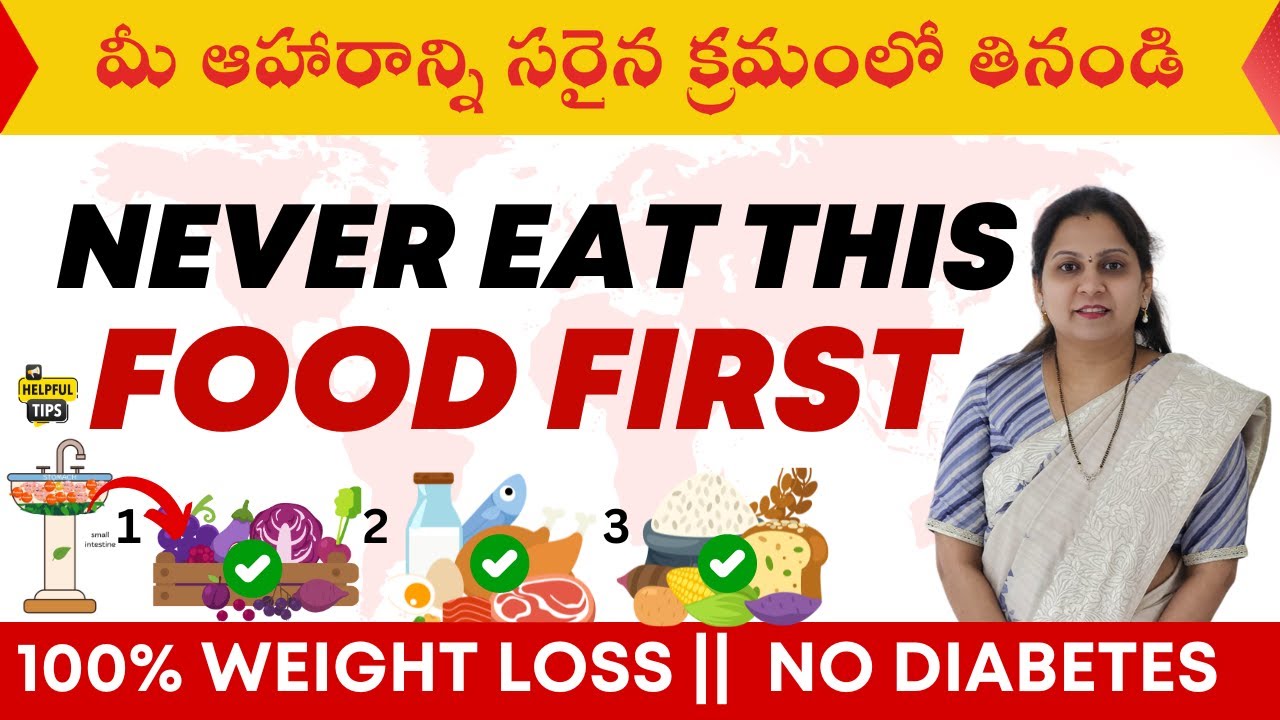Due to consumer demand for inexpensive meat, eggs, and
dairy, suppliers are in constant competition to market their products at the
lowest prices possible, no matter how the animals are treated.
The farmed animals that suffer are hidden from view and easy
to ignore. But millions of people have discovered the reality of factory
farming and have decided that it’s too cruel to support.
Opposing the cruelties of factory farming is not an
all-or-nothing proposition. From eating more meat-free meals to going
vegetarian or vegan, we can all help create a better world through our everyday
choices. What we choose to eat makes a powerful statement about whom we are.
Actions speak louder than words and making ethical, compassionate choices
affirms our fundamental humanity.
Much as we have awakened to the full economic and social
costs of cigarettes, we will find we can no longer ignore the costs of
mass-producing cattle, poultry, pigs, sheep, and fish to feed our growing
population. These costs include hugely inefficient use of freshwater and land,
heavy pollution from livestock feces, rising rates of heart disease and other
degenerative illnesses, and spreading destruction of the forests on which much
of our planet’s life depends.
With rising temperatures, rising sea levels, melting icecaps
and glaciers, shifting ocean currents and weather patterns, climate change is
the most serious challenge facing the human race.
It is all very well to say that individuals must wrestle
with their consciousness, but only if their consciousness are awake and
informed. Industrial society, unfortunately, hides animal suffering. When we
picture a farm, visions of “Old
MacDonald’s” comes to mind, not the warehouses with 10,000 chickens. When we
look, it’s shocking, as our childhood pictures have been transformed into
stinking factories.
Visiting a confined animal feeding operation is to enter a
world designed according to macabre principals; animals are machines incapable
of feeling pain. Since no thinking person can possibly believe this anymore,
industrial animal agriculture depends upon a suspension of disbelief on the
part of the people who operate it and a willingness to avert your eyes and your
innate feeling of compassion.
Our own worst nightmare may be such a place. But it is real life for billions
of animals unlucky enough to have been born under these impersonal steel roofs,
into the brief, pitiless life of a “production unit”.
Virtually
all U.S. birds raised for food are factory farmed. Inside densely populated
sheds, vast amounts of waste accumulate. The resultant ammonia levels commonly
cause painful burns to the birds’ eyes and respiratory tracts. To cut losses
from birds pecking each other, farmers remove a third to a half of the beak
from egg-laying hens, breeding chickens, and most turkeys and ducks. The birds
suffer pain for weeks.
If most
urban meat eaters were to visit an industrial broiler house, to see how the
birds are raised, and could see the birds being “harvested” and then being
“processed” in a poultry processing plant, they would not be impressed and many
would swear off eating chicken and maybe all other flesh as well.
For
modern animal agriculture, the less the consumer knows about what’s happening
before it winds up on their plate, the better. If this is true, is this then an
ethical situation? And, should we be reluctant to let people know what really
goes on, because we’re not really proud of it and concerned that it might turn
them to vegetarianism?
When we
talk about flesh that is “free-range”, does anyone realize that the exposure to
the outdoors by these creatures may amount to one small exit in an over-crowed shed,
as there are no USDA requirements for indoor or outdoor space? So, if the door
is open, these animals can be labeled “free-range”.
Packed in
battery cages, typically less than half a square foot of floor space per bird,
hens can become immobilized and die of asphyxiation or dehydration. Decomposing
corpses are routinely found in cages with live birds.
Though
each hen is less productive when crowded, the operation as a whole makes more
money with a high shocking density: chickens are cheap, cages are expensive.
By the
time their egg production declines, the hens’ skeletons are so fragile that
many suffer broken bones as they are removed from the cages. Some flocks are
gassed on-site and those sent to slaughter often endure long journeys and
sustain further injuries.
The
American laying hen passes her brief life span piled together with a half-dozen
other hens in a wire cage whose floor is the size of a magazine page. Every
natural instinct of this animal is cut-off, leading to a range of behavioral
“vices” that can include cannibalizing her cage mates and rubbing her body
against the wire mesh until it is featherless and bloody. The 5% or so of hens
that cannot bear it and simply die are built into the cost of production.
Birds
with broken legs and wings, open wounds, and large tumors are shackled and hung
on the slaughter line, while some of the birds are left writhing on the floor
for hours beforehand. Workers punch, kick, throw, and mutilate live birds; eggs
are ripped out of the birds’ bodies and thrown at co-workers, and the heads of
the birds are ripped off the birds that were trapped inside the transport
cages.
Contrary
to popular belief, chickens are not mindless or simple automations, but are
complex behaviorally, do quite well in learning, show a rich social
organization, and have a diverse repertoire of calls. Anyone who has kept
barnyard chickens recognizes their significant differences in personality.
What
about the “little piggy that went to market”? Well, these piglets in
confinement operations are weaned from their mothers 2 to 3 weeks after birth,
compared with 13 weeks in nature, because they gain weight faster on their
hormone, antibiotic, fortified feed. This premature weaning leaves the pigs
with a lifelong craving to suck and chew, a desire they gratify in confinement
by biting the tail of the animal in front of them.
The
USDA’s recommended solution to the problem is called “tail docking”. Using a
pair of pliers, without any anesthetic, most but not all of the tail is snipped
off. Why leave the little stump? Because the whole point of the exercise is not
to remove the object of tail-biting so much as to render it more sensitive.
Now, a bite on the tail is so painful that even the most demoralized pig will
mount a struggle to avoid it.
At this
point you might think it can’t get any worse. Think again! Pregnant pigs were confined in two-foot wide
stalls, only able to take one step forward or back. Many of these pigs have
deep infected sores and scrapes from constantly rubbing against the metal bars.
Workers
clip the piglets’ tails with dull pliers; perform castrations, rip out the
piglets’ testes with their hands; and tattoo sows by repeatedly driving a
spiked mallet into the pigs flesh, again, all without anesthesia.
If the
anti-cruelty laws that protect pets were applied to farmed animals, many of the
routine U.S. farming practices would be illegal in all 50 states. Are dogs and
cats really so different from chickens, turkeys, pigs and cows that one group
deserves legal protection from cruelty, while the other deserves virtually no
protection at all?
Disregard
for farmed animals persists because few people realize the ways in which these
creatures are mistreated, and even fewer actually witness the abuse. Once
aware, most people are appalled – not because they believe in animal rights,
but because they believe that animals feel pain and that morally decent human
beings should try to prevent pain whenever possible.
Do we, as humans, having an ability
to reason and to communicate abstract ideas verbally and in writing, and to
form ethical and moral judgments using the accumulated knowledge of the ages,
have the right to take the lives of other sentient beings when we are not
forced to do so by hunger or dietary need, but rather do so for the somewhat
callous reason that
we like the taste of flesh and blood?
Recently in Hawaii, the House
Finance Committee unanimously passed a bill that would allow Hawaii to
construct, maintain and run the only State owned slaughterhouse in the United
States. Despite a dozen protest testimonies and despite over 300 written
protest testimonies, ignorance prevailed.
While testimonies were being given,
those testimonies were constantly met with the words, “let’s summarize now” or
“speed things up” or “there’s a 3 minute limit”. Yet, when the Hawaii Dep’t of
Agriculture Head, Russell Kokubun, spoke, the Legislators held on to his every
word. All this coming from the guy that is a front man for the special interest
groups like Bayer/Monsanto. Mr. Kokubun single handedly killed a previous GMO
labeling bill.
This bill was actually the
brainchild of the Cattlemen’s Association. But, not wanting to assume any
responsibility for the disastrous ramifications regarding environmental
destruction or loss to life and limb, which is typical in a slaughterhouse,
their paid lobbyist successfully convinced our lolo (nut case) politicians that
they should foot the bill of construction – $1.9 million. And once again,
Hawaii remains in first place as the per capita champion of the colon-cancer
capitol of the world.
What do we do to try to instill
compassion in humans? How do we get them to realize what they eat is the result
of immense cruelty, torture and pain? Even more important is how do we wean
people away from their insatiable addiction to the flesh and blood of rotting
animals?
Compassion begins in one’s heart.
If the heart is hard, compassion will not be present. If the heart is soft, compassion
for all living beings will abound.
Aloha!
Sources:



